Introduction
Access to clean, reliable water is essential for homes, farms, and businesses. Water well drilling provides a private water source, offering independence from municipal water systems. Whether you need water for drinking, irrigation, or livestock, understanding the drilling process and proper maintenance is crucial for long-term reliability.
In this guide, we’ll cover what water well drilling involves, the benefits, types of wells, and tips for ensuring your well provides clean water for years to come.
What Is Water Well Drilling?
Water well drilling is the process of creating a hole in the ground to access groundwater. This involves drilling through soil and rock layers to reach an aquifer, then installing a casing and pump system to deliver water to the surface.
The process requires specialized equipment and expertise to ensure the well is safe, efficient, and durable.
Types of Water Wells
- Dug Wells: Shallow wells dug by hand or machine. Typically less than 25 feet deep and lined with stone, brick, or concrete. Suitable for areas with high water tables.
- Drilled Wells: Deep wells drilled with rotary or cable tool rigs. Can reach hundreds of feet and provide a more reliable water supply.
- Driven Wells: Pipes with screens are driven into shallow aquifers. Common in sandy soil areas with shallow groundwater.
Benefits of Water Well Drilling
- Reliable private water source independent of municipal supply
- Cost-effective for large properties or agricultural use
- Control over water quality and treatment
- Potentially higher property value with a private well
- Environmentally friendly when properly maintained
The Water Well Drilling Process
Professional drilling involves several steps:
- Site Assessment: Evaluate land, soil, and groundwater conditions to determine the optimal drilling location.
- Permits and Regulations: Obtain local or state permits as required for well construction.
- Drilling: Use specialized rigs to bore a hole to the desired depth, penetrating soil, rock, and other layers.
- Casing Installation: Insert a steel or PVC casing to prevent collapse and protect water quality.
- Pump Installation: Install a submersible or jet pump to bring water to the surface.
- Testing and Sanitation: Test water quality for safety and treat as necessary before use.
Maintenance Tips for Your Water Well
- Regularly inspect the well and pump system for damage or leaks
- Test water annually for contaminants, including bacteria and nitrates
- Keep chemicals, fertilizers, and waste away from the well site
- Maintain proper well cap and casing to prevent contamination
- Schedule professional service if you notice changes in water pressure, taste, or color
Common Challenges and Solutions
Some common issues with water wells include:
- Low Water Levels: May require deeper drilling or improved recharge management
- Contamination: Install proper filtration, shock chlorination, or relocate the well if necessary
- Pump Failures: Regular inspection and maintenance extend pump life
- Scaling or Mineral Buildup: Use water softeners or treatment systems
FAQs
Q: How long does water well drilling take?
A: Most residential wells can be drilled and installed in 1–3 days, depending on depth and soil conditions.
Q: How deep should a water well be?
A: Depth varies depending on location and aquifer. Typical residential wells range from 100–400 feet deep.
Q: Is a permit required for drilling a well?
A: Most states and counties require permits to ensure safety and environmental compliance.
Q: How much does water well drilling cost?
A: Costs vary by depth, soil type, and equipment used. Average residential wells range from $5,000–$15,000.
Q: How do I know if my well water is safe?
A: Regular water testing for bacteria, nitrates, and other contaminants is essential. Treat water as needed.
Conclusion
Water well drilling provides a reliable, independent water source for homes, farms, and businesses. By understanding the drilling process, choosing the right well type, and maintaining the system properly, you can enjoy safe, high-quality water for years. Consult a professional well driller to assess your property and ensure a successful installation.









